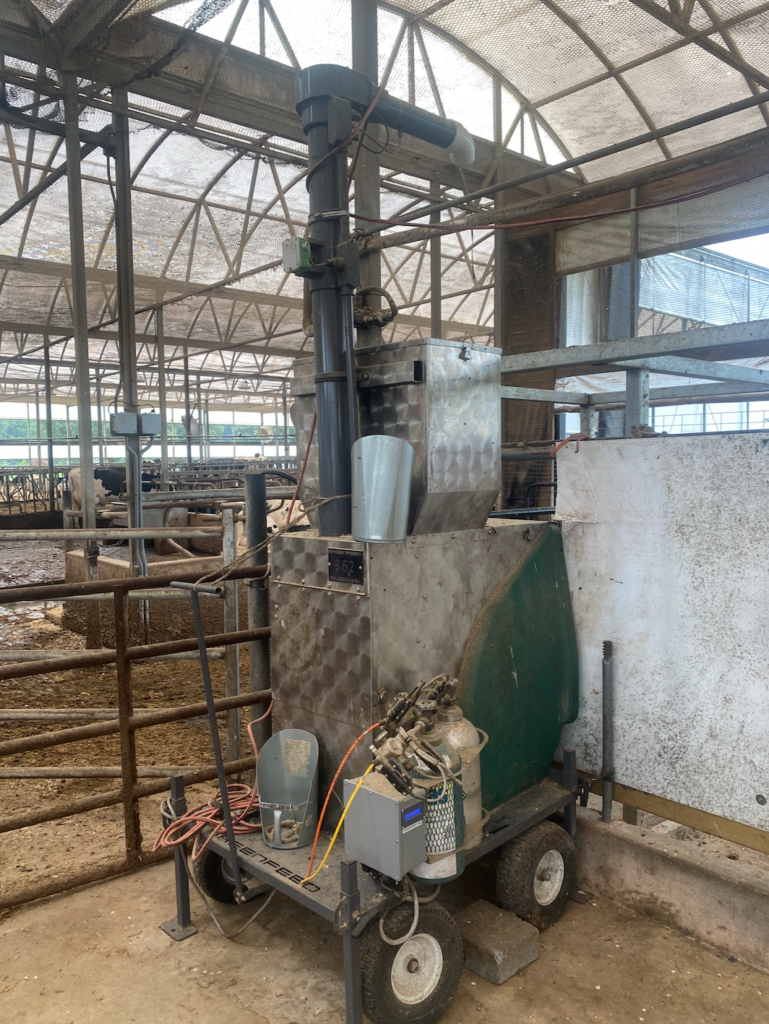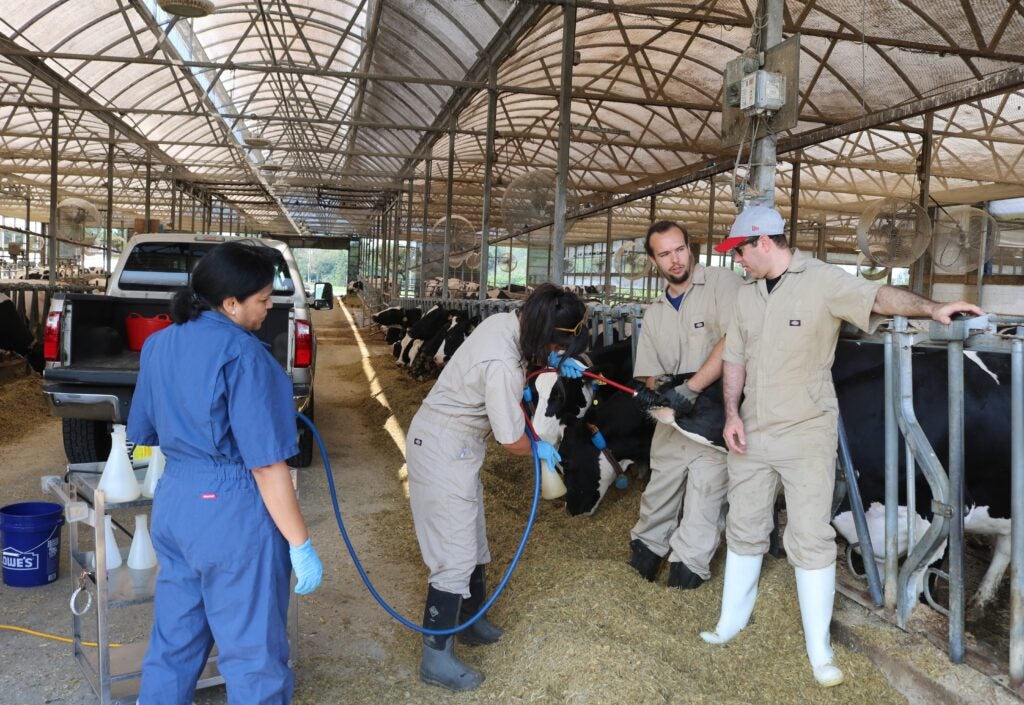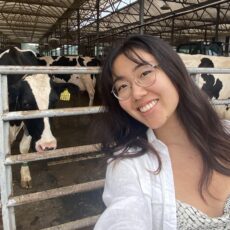
Reducing Methane Emissions Requires Intensive Data Integration
Cow burps contain a potent greenhouse gas: methane. By bridging hardware, software, and biology to automate data collection and analysis, we can more easily understand, predict, and lower emissions from the dairy and livestock industries.
July 2023 was the hottest Earth has been in the 143 years since record-keeping began. While carbon dioxide is the most abundant greenhouse gas, methane is a greenhouse gas 80 times more potent than CO2 in trapping heat over a 20-year timescale. Because the reduction of methane emissions is one of the fastest ways to slow climate change, the dairy and livestock agriculture industries have taken a particular interest in measuring and reducing the emissions from their herds.
Of the ways to reduce livestock methane emissions, two prominent methods include feed additives that inhibit methane production and the identification and breeding of low-methane cows. Each cow has a different methane emission phenotype, and the emissions are commonly measured using a system such as GreenFeed, which takes measurements of the carbon dioxide, hydrogen gas, and methane gas airflow from cows throughout the day.

A low-methane cow produces on average around 22% less methane than a high-methane cow, and with an estimated 38.3 million U.S. dairy and meat cattle population, that difference in methane emissions could mean the reduction of over 1 billion pounds of methane each year. In conjunction with a feed additive such as red seaweed (Asparagopsis taxiformis), methane emissions could be reduced by another 80%.
What are all the components that go into understanding the variability of livestock methane emissions? It turns out that it’s much more than just measuring cow burps with the GreenFeed system.
Methane is produced by cows during methanogenesis, an anaerobic process that occurs during the rumination, or digestion, of feed. During methanogenesis, microbes that thrive in the rumen of cows work together to break down carbohydrates and use excess CO2 and H2 to produce methane. The difference in the composition of the host’s gut microbiota plays an influential role in the amount of methane produced.
Yet, the microbiome is not the determining factor of emission phenotype. Genetics, age, feed intake, feed composition, and rumination time are a few non-exhaustive factors that also contribute. Each factor requires a unique method of data collection analysis. For the microbiome, rumen samples are taken directly from the cow orally and analyzed using bioinformatics tools that identify the presence of microbial genes. For more physiological factors, a variety of hardware technologies and human efforts are used to track a specific cow, its rumination time, feed intake, and health status.
Farms such as the Marshak Dairy have adopted systems that automate the hourly tracking of cows and their data, in addition to the creation of data reports that seamlessly monitor the status and health of individual cows.

With more than ten variables to be tracked and analyzed, predicting the methane emission of a cow is not an easy feat. It requires a deep knowledge of how the hardware collects data, how cows behave and how their biology changes over time, and how computational techniques can piece together all the provided information. Despite the complexity of it all, the continuous increase in agricultural methane emissions is a pressing reminder of this work’s importance. However, agricultural emissions are only one piece of the larger methane emissions problem, as the natural gas sector remains the dominant source of methane emissions. To meet the goals of the Zero Methane Emissions Initiative and address climate change effectively, a similar level of tracking and data integration needs to be applied to the fossil fuel industry as well.
Grace Dai
Computational Biology, School of Arts and SciencesGrace Dai is a junior majoring in Computational Biology and minoring in Data Science at Penn. Outside of class, she is involved in The Penn Alt Protein Project, Impact First VC, The Daily Pennsylvanian, Penn Biotech Society, and Penn Agribusiness Club.

